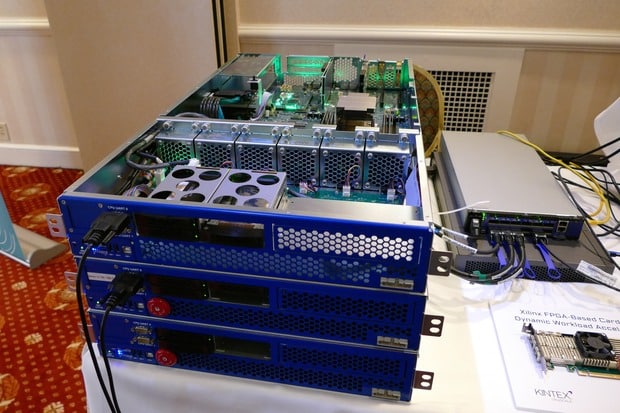WHAT NOT TO DO WHEN YOUR RAID 5 SYSTEM FAILS
WHAT NOT TO DO WHEN YOUR RAID 5 SYSTEM FAILS
If you’re reading this then you probably know that there are different types of RAID systems and if not the following link will assist you to comprehend it better: With that issue out of the way,we will focus mainly on the RAID 5 system which is described as ‘fault resistant’, meaning that it can tolerate failure of a hard disk drive with the data on it still being available and readable. That being said the fault resistant part tolerates failure for only one hard drive and not more than that for RAID 5 whereas for RAID 6 the limit is increased to two drives. When it comes to RAID 5 there are three key points to note;
- The array must consist of three or more hard drive elements.
- The Reliable Availability of data stored can tolerate the failure of no more than one hard drive element.
- A rebuild procedure will always fail unless all components (controller and all hard drive elements) are present.
In the case where you cannot access and/or backup all the data stored in your RAID 5, do not attempt to rebuild it, contact the data recovery experts immediately. However, if you can back it up, do it first and fast to avoid total data loss. Any failed rebuild attempts reduce the chances of successful data recovery.
THE DON’TS LIST
- Do not use RAID 5 as a backup solution; it is essentially a scheme to increase data availability.
- Do not opt for rebuilding a RAID 5 as the first data recovery solution since you can ideally read all the data and ensure all the data contained on the subsystem is backed up before rebuilding.
- Do not continue with any corrective actions once you realize that more than one of the hard drive elements is faulty. Seek professional assistance from the data recovery experts immediately.
- Do not ever ignore any RAID 5 subsystem fault warning or any behavioral inconsistency. Once one drive fails, perform a backup immediately as you are running on a downgraded RAIDS whereby the fault tolerance is lost and if any other drive malfunctions your data may be lost.
- Do not remove more than one drive simultaneously from its initially installed position as you may lose track of the sequencing of the drives. It is thus advisable to label the drives matching them with their slot while removing them.
- Do not allow the controller to execute write operations on any known working drive as it will overwrite the stripping data needed for reconstruction.
- Do not use CHKDSK or any other disk utility tools but if they should be used, be used with caution. The rate of success when using these tools is very low so, do not risk using them.
- Do not shuffle the physical arrangement of the drives since the controller might not detect these changes.
- Do not insist on trying out numerous ‘experiments’ in efforts to bring an inaccessible drive back online. These attempts might increase the damage to the RAID, reduce the chances of data recovery and maybe increase the cost of the data recovery itself. It is therefore recommended you reach out to the data recovery experts sooner rather than later.
- Perform regular backups on the RAID just like any other data storage media to be safe since you never know when disaster may strike


